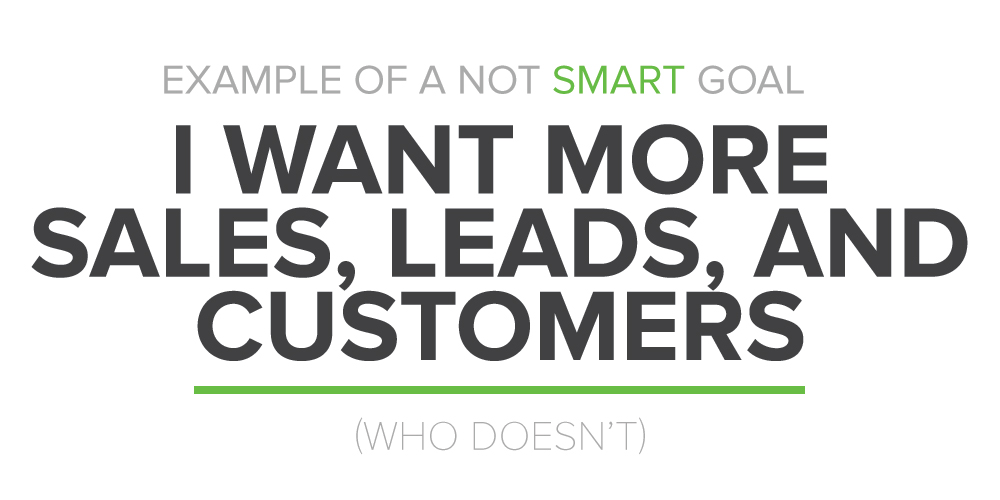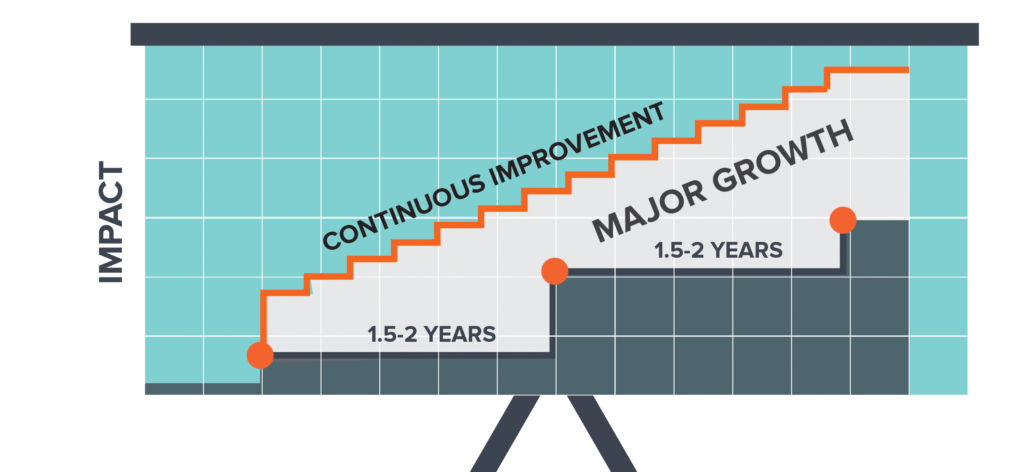Growth Driven Design: What’s Wrong with Traditional Web Design?
We’ve been doing traditional web design for almost 12 years now. In that time a common theme has continuously repeated itself. A potential client usually has one of these four problems with their website.
- Our website is broken, features that used to work no longer function.
- We haven’t updated our website in years, we’re too busy.
- We need (insert hot new feature here), because everyone else has it.
- Nobody can find us on Search engines.
If you haven’t made a blog post in six months, that’s going to hurt your rankings. Or if you’re creating content that is not being shared maybe you’re talking to the wrong people. In addition to creating a website that it woefully out of date and ineffective in building an engaged client base, traditional web design is incredibly risky. Traditional web design suffers from the following risks:
Significant up-front costs
A typical small business can expect to spend $15,000 to $50,000 on a new website. In traditional web design, this money is often paid before any measurements are taken on the effectiveness of the site. That’s just bad business.
These problems are endemic to the current web-design cycle that is prevalent in the industry. Traditional Web Design Process is built around a redesigned website every 1.5 to 2 years. The site sees modest growth after relaunch then stagnate while waiting for the next cycle to begin. The other problem with traditional web design is search engines reward sites that provide consistent content updates.

Significant time commitment
Time is money, too, especially in a small business environment. Launching a new website often requires a substantial time commitment from staff and management over the course of up to six months. With everything on your plate right now, can you imagine taking all that on?
No follow-through
It’s six months after the launch of your site. You’ve spent thousands of dollars in design fees. You’ve spent dozens of hours away from running your business. The website looks great. But, does it meet your goals? Some parts of the site, probably. EVERYTHING? No way.
Web designers really don’t know for certain what is going to be effective for your unique product or service needs. Design decisions are typically based on hypothesis and experience, not data. And, traditionally, web designers are not around to follow up on the effectiveness of what they just built for you.
Growth Driven Design Can Help Your Business Grow
I hesitate to say traditional web design is broken, but it’s seriously flawed. Luckily there is a better way. Using our web design principles we create a launchpad site that allows us to collect data on users. We use that data to refine the site over time. So instead of a huge upfront cost for a site that provides temporary success, we become a partner with you and grow a successful site based on data, not guesswork.
If you want to learn more be sure to download our Growth Driven Design Ebook. It goes into extensive detail on the GDD process and benefits of the system to your business.
Originally Published: September 28, 2016
Updated: March 7, 2019







